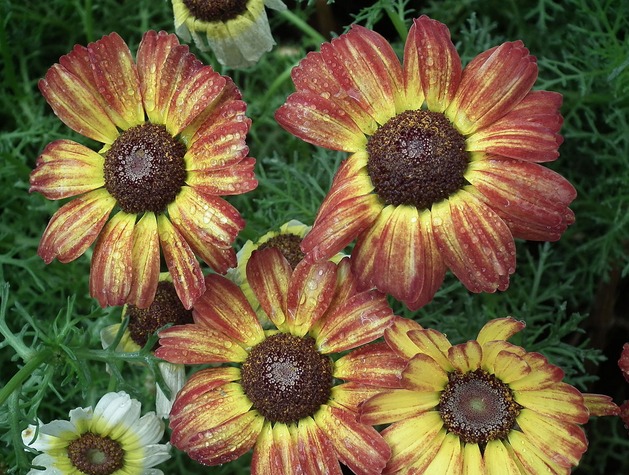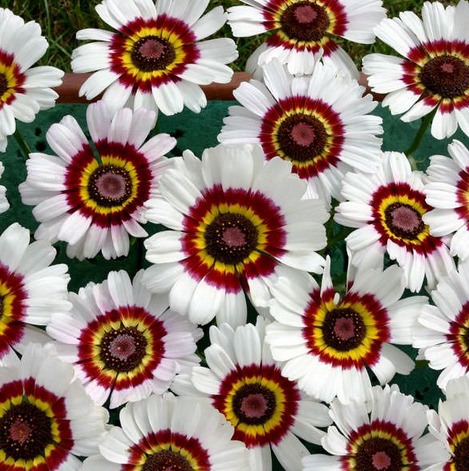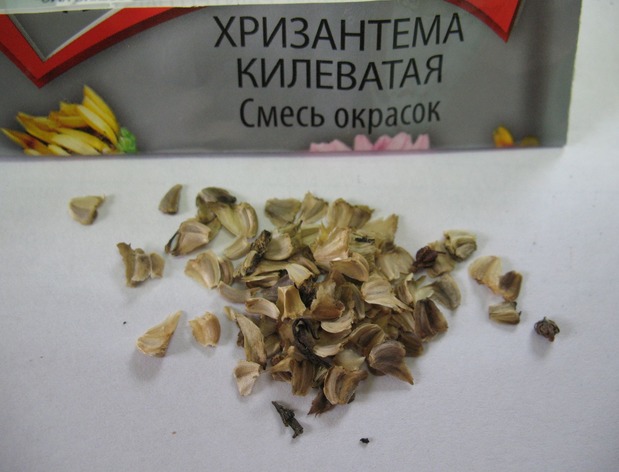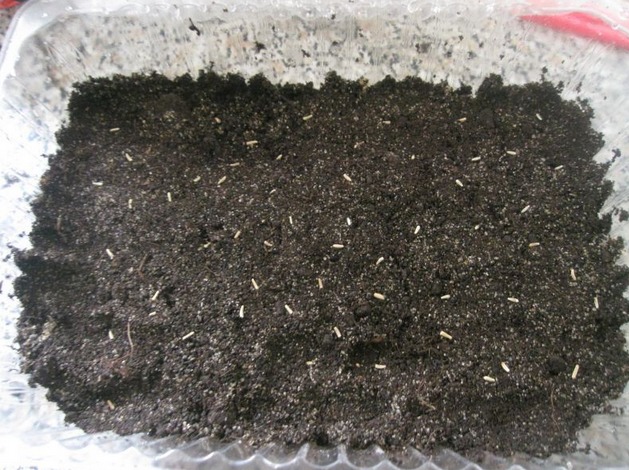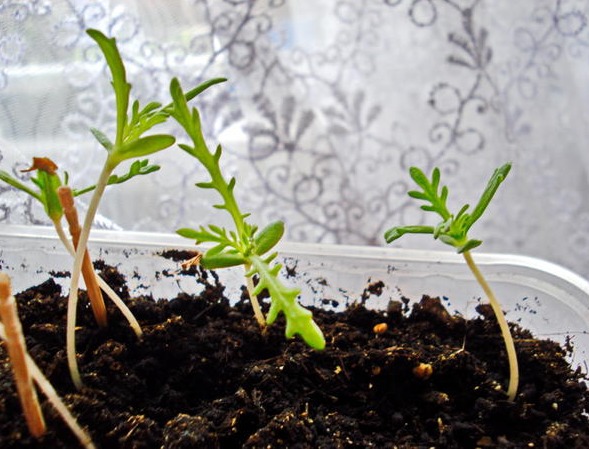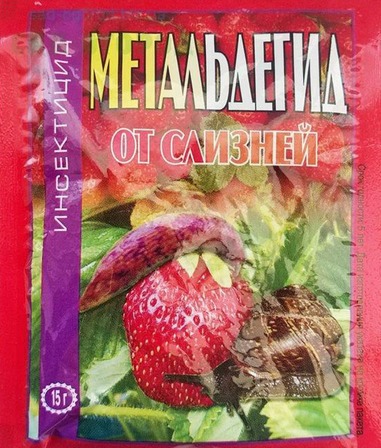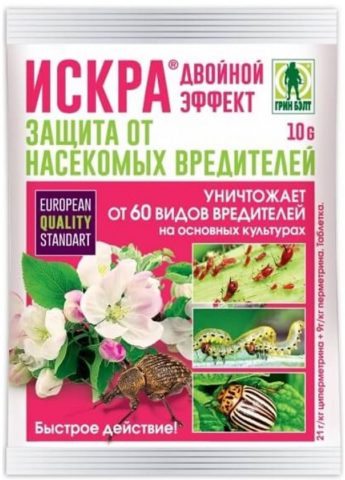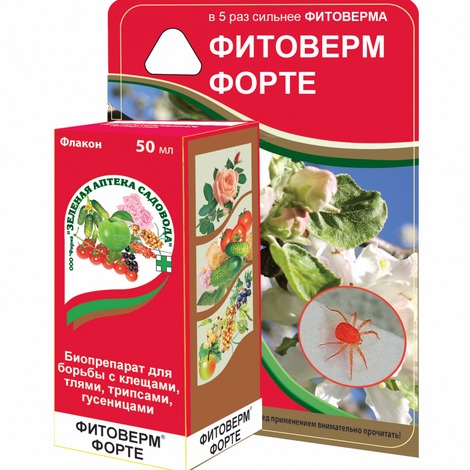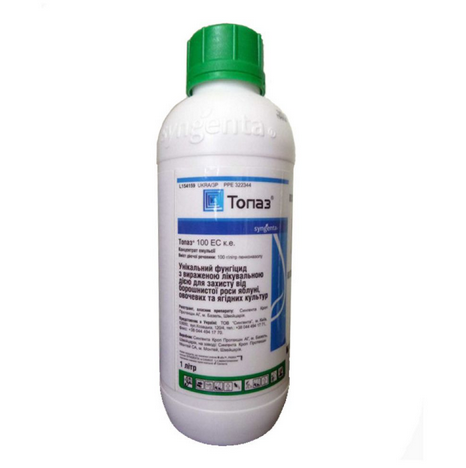Content
Chrysanthemum keeled is native to North-West Africa, it has been grown in gardens since 1796. The flowers resemble rainbow-colored umbrellas, complemented by juicy openwork leaves. This annual plant is unpretentious, blooms for a long time and magnificently, it can be grown independently from seeds.
Features of growing keeled chrysanthemum
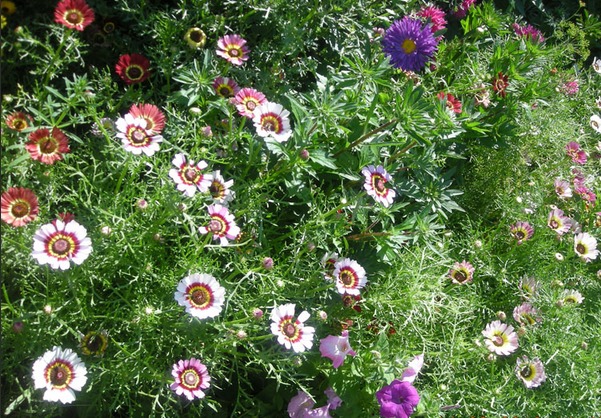
For abundant flowering, keeled chrysanthemum needs enough light.
Growing will not require much trouble from the grower. The plant begins to bloom about two and a half months after sowing the seeds. To make this period last longer, wilted buds are cut off. The gardener will need watering, feeding, weeding.
The best varieties include:
- Chrysanthemum keeled Rainbow - with a bright multicolor color.
- Chrysanthemum keeled Atrococcinum - deep red color.
- Chrysanthemum keeled Bright eye - white with an iridescent red-yellow core.
In addition, you can find on sale mixes of seeds with simple flowers of various colors.
Chrysanthemum keeled grows up to 30-70 cm, flowering begins at the end of June and continues until frost. Large fragrant flowers resemble chamomile of bright attractive color in appearance; there are varieties with double and semi-double inflorescences. Leaves growing on petioles are light green, double pinnately dissected, fleshy.
Chrysanthemum carinatum (Chrysanthemum carinatum) is an annual plant that looks best in group plantings, suitable for creating borders. It will decorate the garden composition with its original look, which attracts attention due to the abundant flowering and delicate greenery. Inflorescences with a dark red center have a diameter of about 6 cm, located one or several pieces on the side shoots.
Planting a keeled chrysanthemum
Keel chrysanthemum seeds are germinated in boxes for seedlings or sown directly in open ground in April-May, depending on the region. This light-loving plant should develop in well-lit areas, where the sun is at least 5-6 hours a day and there is no stagnant water. Before planting, the soil is loosened well and nutrient mixtures are applied. In areas with a warm climate, you can sow seeds before winter.
Preparation of soil and planting capacity
Any soil is suitable for growing chrysanthemum keeled, it is desirable that it is not clayey. The flower loves a fertile and light earth rich in lime. When planting, add dolomite flour or chalk if necessary to reduce acidity.
Sprouting keeled chrysanthemum seeds at home will help accelerate the onset of flowering of adult plants. You will need a plastic container with holes in the bottom, expanded clay and soil. For sowing seeds, an earthen mixture is prepared, including humus, peat, sand and garden soil.
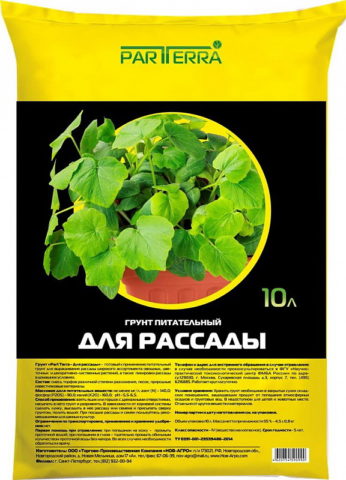
You can use a generic seedling soil from the store
Before planting, the earth is disinfected by heating it in the oven, then it is poured into a plastic container on top of expanded clay.
Preparation of planting material
The germination of purchased or self-collected chrysanthemum keeled seeds lasts for 2-3 years.They do not need additional processing or soaking before sowing, seedlings appear together.
Landing rules
Growing a keeled chrysanthemum from seeds in March will allow you to enjoy its flowering at the beginning of summer. The container with crops is placed on a light warm windowsill or in a heated greenhouse.
Process description:
- Chrysanthemum seeds are scattered over the surface of the prepared soil.
When buying seed material in the store, you need to pay attention to the date indicated on the package.
- Sprinkle on top with a layer of earth 0.5 cm high.
No need to deeply deepen the seeds
- Spray with water from a spray bottle, close the container with a film or a special lid.
- Place in a warm, lighted place for germination at a temperature of + 20 ... + 22 ° C.
- Seeds sprout in about five days.
So that the chrysanthemum shoots are not keeled, they need good lighting
The shelter is removed gradually, at first making a small gap for air circulation, and after three days it is completely removed. This will help prevent seedlings that are accustomed to high humidity to die. Approximately 30-40 days after sowing, keeled chrysanthemum seedlings can be planted in separate pots, deepening the cotyledon leaves.
When sowing keeled chrysanthemum seeds in open ground in a flower bed, make holes at a distance of about 30 cm, moisten the soil. Place 2-3 seeds in each recess and sprinkle with a small layer of earth. In order for the keeled chrysanthemum sprouts to appear faster, the flower bed is covered with a film, which is removed when the first sprouts are noticed. Seedlings are fertilized as they grow, sprayed with stimulants so that they stretch slightly.
Chrysanthemum keeled care
This culture cannot be called very whimsical, even a novice florist can cope with its cultivation. For the successful development and flowering of the keeled chrysanthemum, the following are required:
- weeding, loosening the soil;
- watering, feeding;
- protection from pests and diseases.
Optimal growing conditions
The optimum air temperature for growing seedlings is +18 ° C, so that the seedlings do not suck in the first month, additional lighting is organized. Moisten the keeled chrysanthemum shoots in containers using a spray bottle.
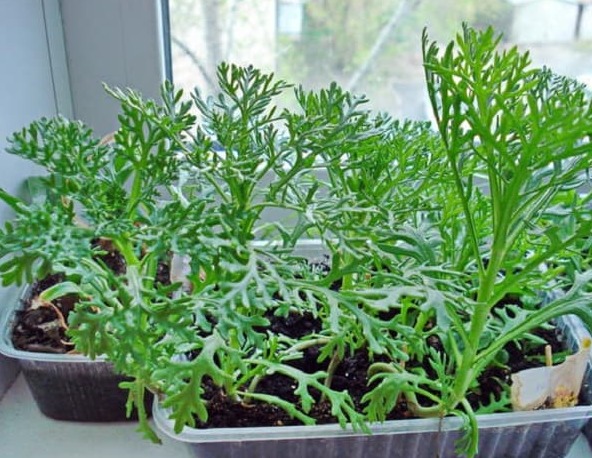
For the seedlings to be strong, they need feeding
Adult plants tolerate drought well, do not like stagnant water at the roots, but prolonged drying of the soil is undesirable. Good lighting is important for flowering; in shady and wet spruce forests, plants do not have time to bloom.
Watering mode
Chrysanthemum keeled is drought-resistant, but during intensive growth in spring and the formation of buds, it needs regular watering. Mulching helps to maintain optimal moisture and looseness of the soil for a longer time.
Top dressing
Fertilizers intended for flowering plants are used as top dressing for chrysanthemum keeled. Select complex preparations containing phosphorus, potassium and nitrogen. During the growing season, fertilizing is carried out monthly. You can spray with nutrient solutions on the leaf, being careful not to get on the inflorescences. Some growers bring mullein under the chrysanthemum, getting good crop cultivation results.
Trimming and shaping
In order for the keeled chrysanthemum bushes to be lush and branched, to bloom profusely, they need to be shaped. The tops of the seedlings are pinched when the height of the stems reaches 15 cm. If the summer is rainy, they can stretch out strongly, in which case the formative pruning will help to give the bush a neat shape.
Long-term flowering of chrysanthemum keeled is facilitated by the removal of wilted inflorescences. The plant will not waste energy on ripening the seeds and can bloom until the end of September, until frosts begin.
Diseases and pests
Chrysanthemum keeled can be affected by slugs, earwigs and miner moths. The first are fought with the help of "Metaldehyde".
For the destruction of other insect pests, insecticides are used, for example, "Iskra".
The spider mites and kidney mites are the most dangerous for flowers; Fitoverm helps to get rid of them.
With thickened plantings and wet summer, fungal diseases may appear - gray rot and powdery mildew. Fungicides with a wide spectrum of action - "Topaz", "Skor", copper sulfate and others, help from these problems.
If shortened shoots with deformed foliage appear at the base of the stems, chrysanthemum cancer can be suspected. This disease cannot be cured. The plant must be destroyed by digging it up with a lump of earth. Disinfect the garden tools used for the work.
Reproduction of perennial keeled chrysanthemum
Chrysanthemum keeled refers to annual species, propagated by seeds. Seedlings are grown in boxes or open field. In the first case, sowing is carried out in March or early April, in the second - in May. Depending on the air temperature, seedlings will appear in 5-14 days. The distance between the holes is 25-30 cm.
The plant is relatively cold-resistant, but does not tolerate frost, so you need to monitor the weather. Seedlings are planted in May when the soil and air warm up. If sowing is carried out in open ground, it is necessary to cover the seedlings with a cold snap with a film.
Conclusion
Chrysanthemum keeled grows in rabatkas, mixborders, in flower beds next to perennials. It blooms beautifully from July to October, and in spring and early summer it pleases the eye with openwork foliage. Inflorescences of bright unusual color, reminiscent of a rainbow glow, are also attractive. The plant is undemanding, it needs minimal care for successful flowering.
